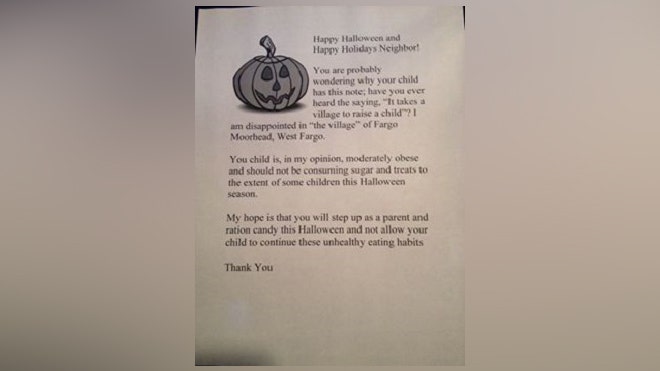China is spying on you through your Kettle - 20 to 30 appliances 'had hidden chips that send out malware to networks -

Russian investigators claim to have found household appliances imported from China which contain hidden microchips that pump spam data and malware into wi-fi networks.
Authorities in St Petersburg allegedly discovered 20 to 30 kettles and irons with 'spy microchips that send some data to the foreign server', according to Russian media.
The revelation comes just as the EU launches an investigation into claims that Russia itself bugged gifts to delegates at last month's G20 summit in an attempt to retrieve data from computers and telephones.
This has led to speculation that the chips allegedly found in the home appliances may also have the ability to steal data and send it back to Chinese servers.
The allegations against the Chinese were made in St Petersburg news outlet Rosbalt, which quotes a source from customs broker Panimport, but does not detail what data was being sent or to where.
According to The Register, which translated the article, it would be possible to build a malicious microchip - sometimes referred to as a spambot or spybot - small enough to hide in a kettle.
It also believes there are many readily available transformers which could be used to convert Russia's 220V electricty supply to power the chips without destroying them.
But it casts doubt on the report's claims that the devices were discovered because they were overweight as it is unlikely that the difference of a few grams would have been enough to raise suspicion.
This might only have happened if the appliances were air-freighted, it said, which was probably not the case because they were cheap items.
Read more: -

Russian investigators claim to have found household appliances imported from China which contain hidden microchips that pump spam data and malware into wi-fi networks.
Authorities in St Petersburg allegedly discovered 20 to 30 kettles and irons with 'spy microchips that send some data to the foreign server', according to Russian media.
The revelation comes just as the EU launches an investigation into claims that Russia itself bugged gifts to delegates at last month's G20 summit in an attempt to retrieve data from computers and telephones.
This has led to speculation that the chips allegedly found in the home appliances may also have the ability to steal data and send it back to Chinese servers.
The allegations against the Chinese were made in St Petersburg news outlet Rosbalt, which quotes a source from customs broker Panimport, but does not detail what data was being sent or to where.
According to The Register, which translated the article, it would be possible to build a malicious microchip - sometimes referred to as a spambot or spybot - small enough to hide in a kettle.
It also believes there are many readily available transformers which could be used to convert Russia's 220V electricty supply to power the chips without destroying them.
But it casts doubt on the report's claims that the devices were discovered because they were overweight as it is unlikely that the difference of a few grams would have been enough to raise suspicion.
This might only have happened if the appliances were air-freighted, it said, which was probably not the case because they were cheap items.
Read more: -






















